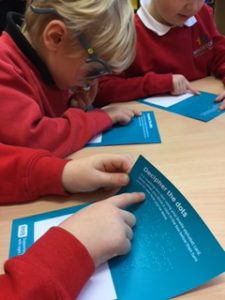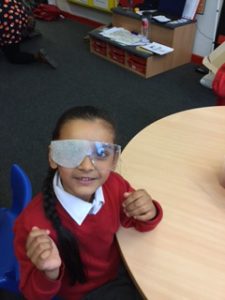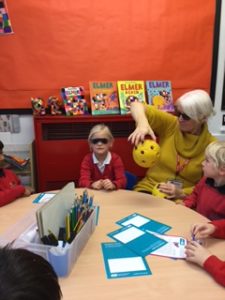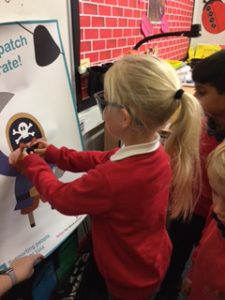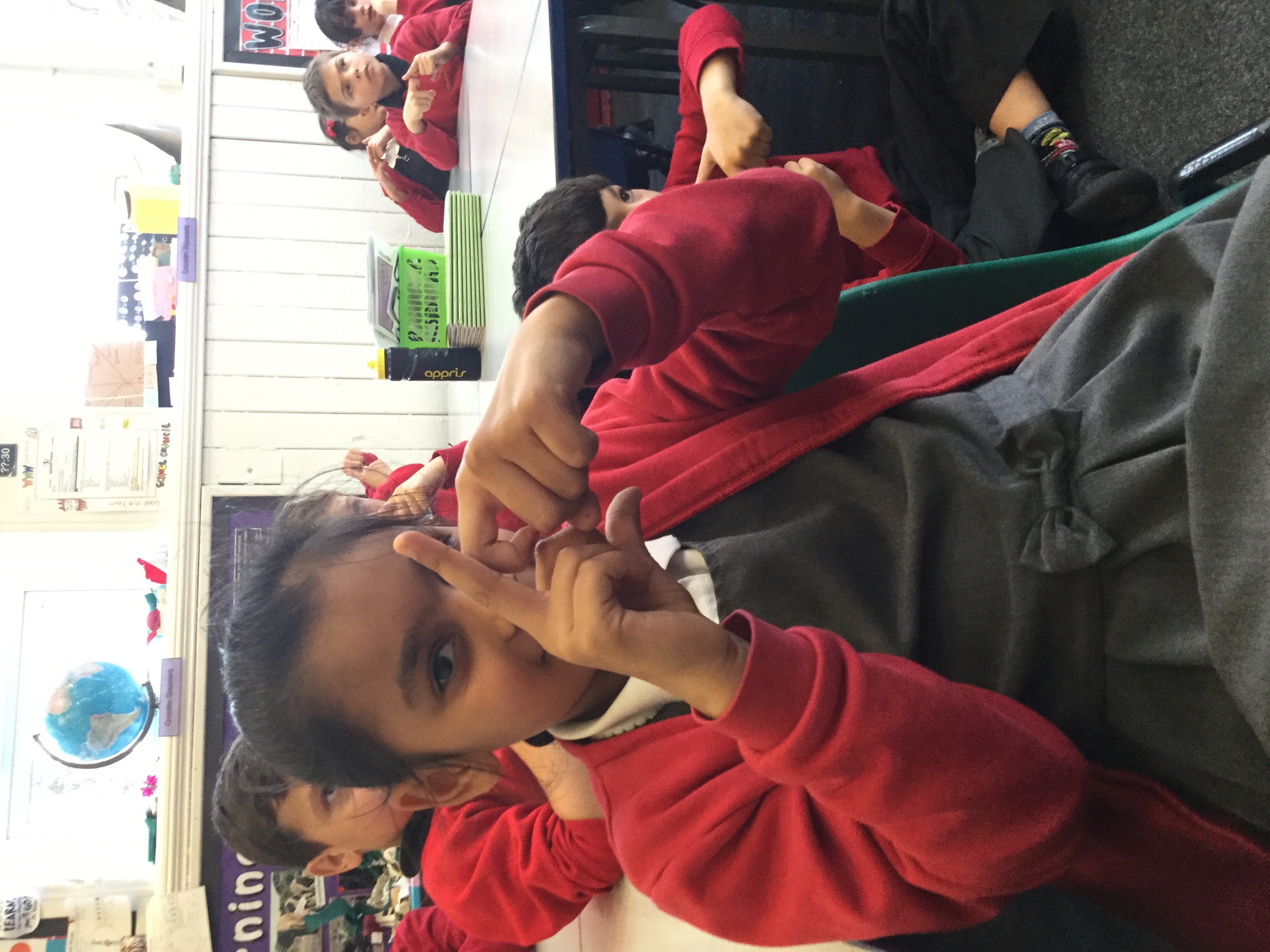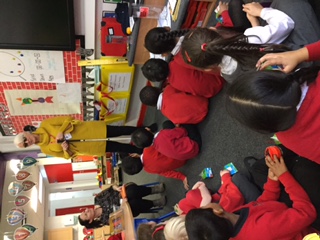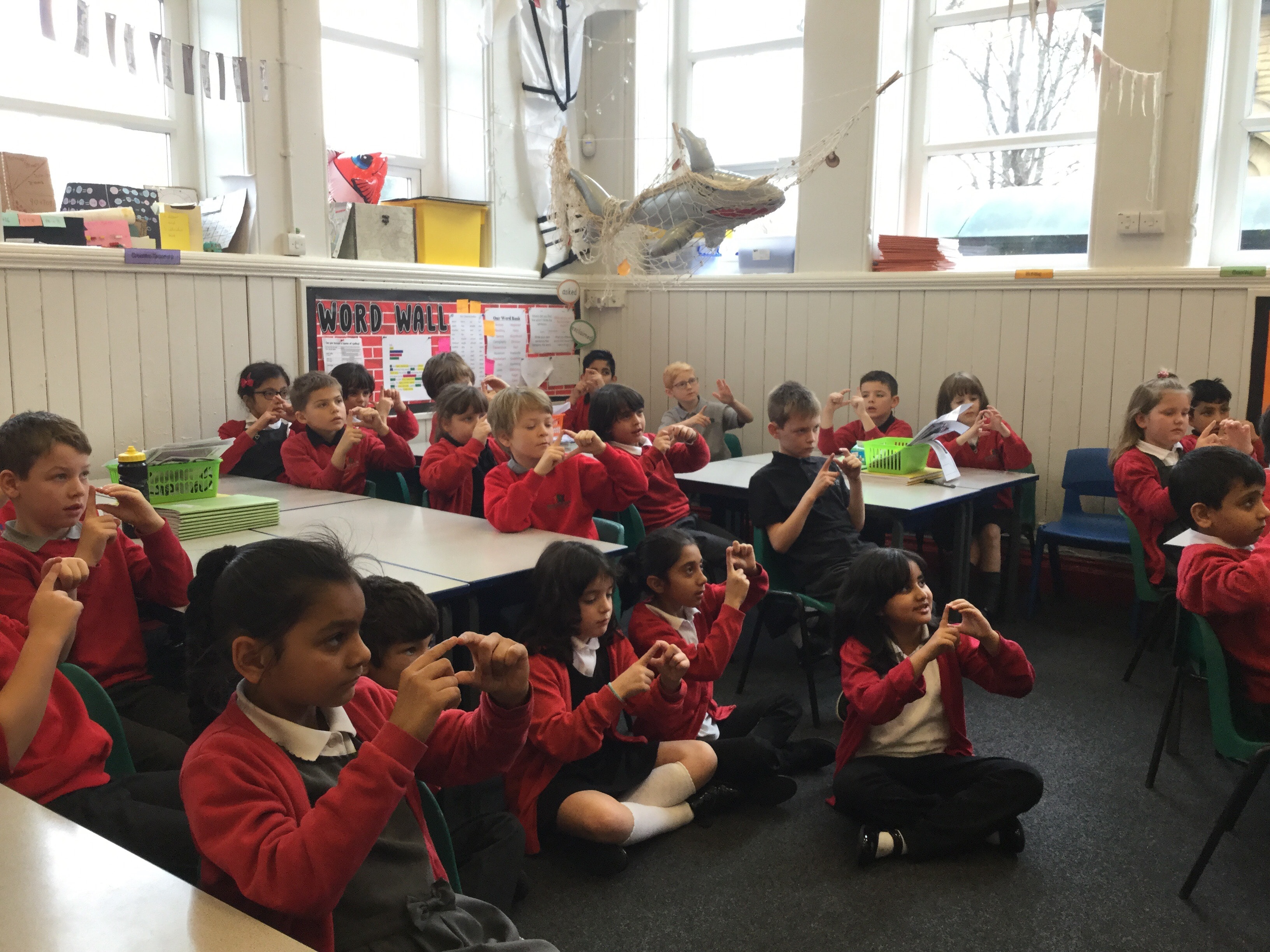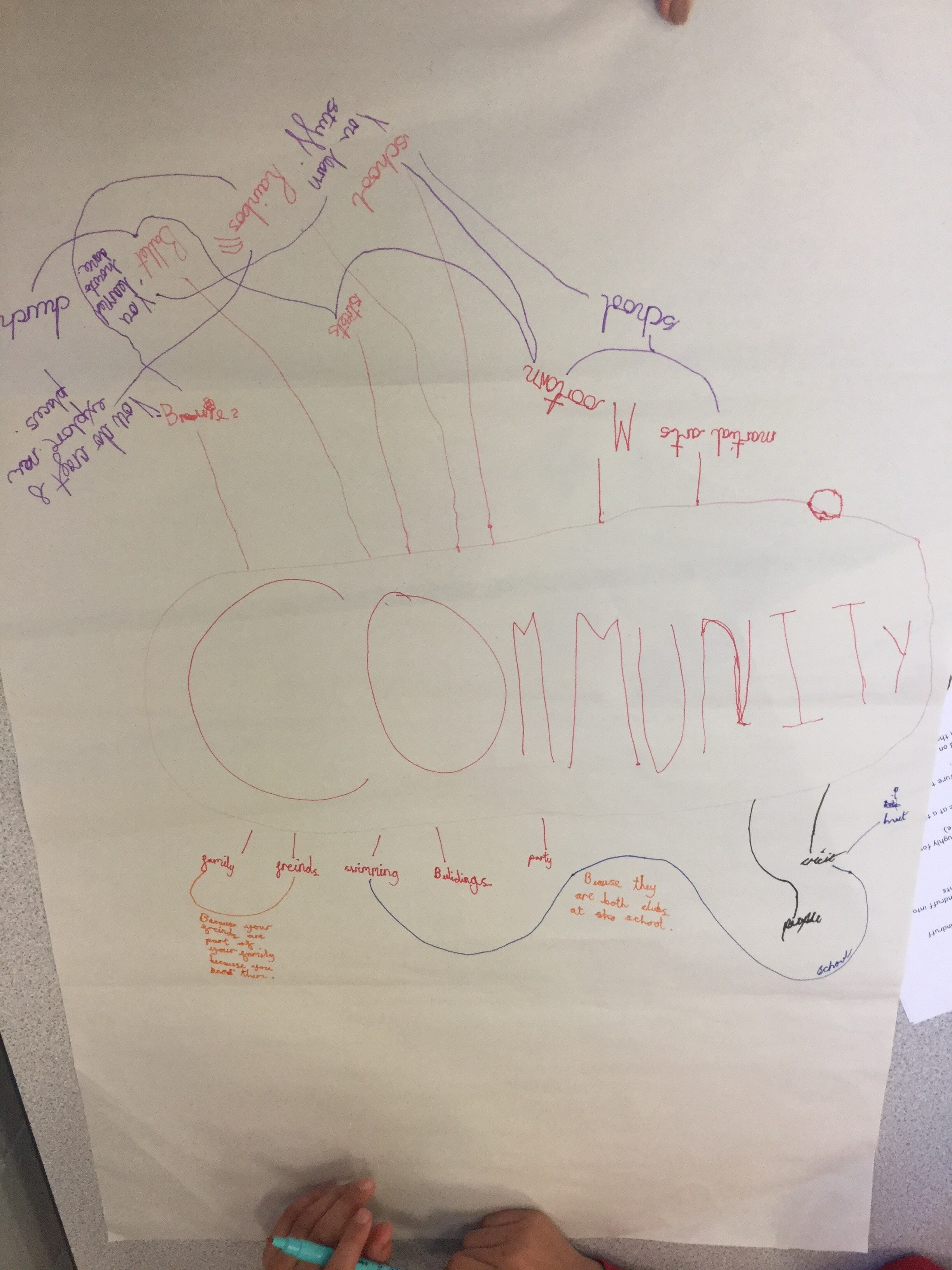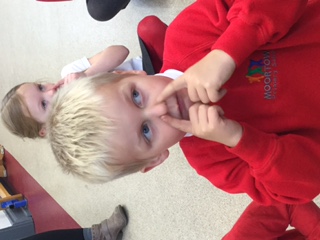Can you fingerspell?
Yesterday, we were lucky enough to have some visitors from BID Services – a charity committed to promoting choice and independence.
They talked to us about how to signal and help people with hearing impairments and taught us how to Fingerspell the alphabet which we thoroughly enjoyed!
“My favourite part was learning the numbers.”
– Rayn
“I really liked it when we tried to make our names with the alphabet.”
– Safiya-Mishal
“My favourite number was the number nine and you held your hand up sideways.”
– Hifza
“I liked the doorbell so if you were blind and deaf you had the remote in your pocket and it would vibrate so you would know to open the door.”
– Kashif
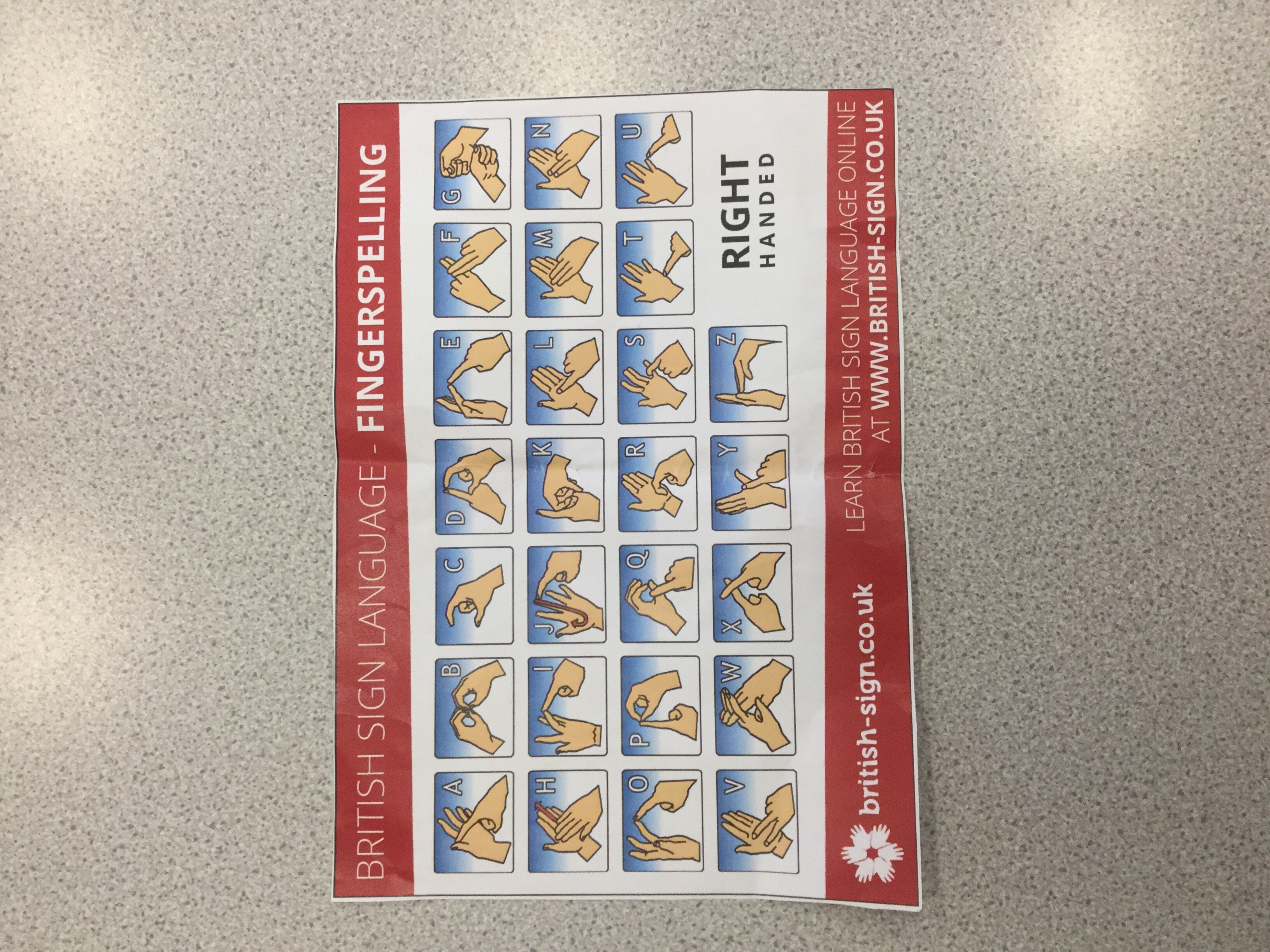
For more information about Sensory Support, check out the Leeds Sensory Support Service or for resources and games to learn British Sign Language go to their homepage.
West Yorkshire Police in Year 5
Yesterday, we were joined by two police officers. Don’t panic – it was a planned visit! They came in to help us understand ‘Hate Crime‘.
The workshop started by us being split into two groups. One group was treated very differently to the other. They were given Ribena instead of water, given more praise, given Cool Class Tokens, allowed more time to speak and were spoken to in a nicer tone. The point of this was to illustrate how, sometimes, people within our community are treated differently (often, less well). The group that were ‘victimised’ became angry, upset and began to feel a sense of injustice. After we’d talked about how this could be reflected in society, we learnt about what a hate crime is and what we can do if we witness one happening.
The workshop was very informative and certainly though-provoking. We’re really lucky in our school that diversity is celebrated – let’s keep it this way!
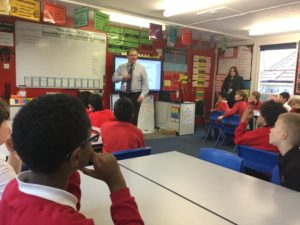
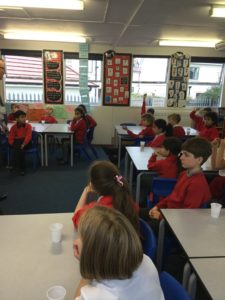
Sensory Needs in Leeds
As part of our themed week (Who Do You Think You Are?), we’ve been thinking about identity, diversity and community. To help us understand different people in our community, we were joined by two people who work closely with deaf people in Leeds. (Incidentally, Leeds has a high number of people who suffer from hearing disorders compared with other parts of the country.)
They taught us about why some people are deaf and helped us to understand the impact this can have on their lives. Perhaps the most fun part of the workshop was when we were taught some sign language. We learnt how to say the alphabet, how to ask someone their name, how to say ‘My name is_____’, how to ask how someone is and how to say ‘3,2,1 stop!’.
Ask your child if they can remember how to say their own name – they could even teach you how to say yours!
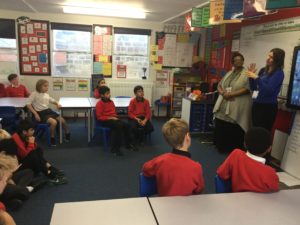
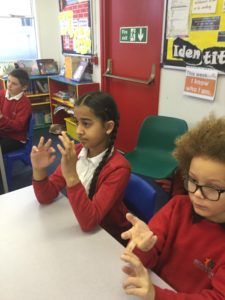
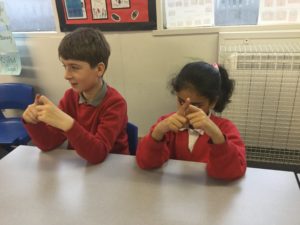
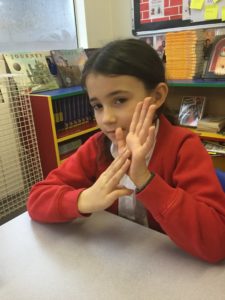
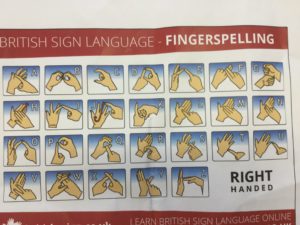

Dove Self-esteem Workshop
On Monday, we were joined by some people from the Dove Skincare Company. They came in to talk to us about self-esteem.
We started by watching this video. It highlighted to us that what we see in the media is often unrealistic, over-edited and an inaccurate representation of everyday life.
In groups, we discussed how this video made us feel: ‘upset’, ‘let-down’ and ‘disappointed’ were just a few common responses. We concluded that beauty is not what you see on the outside but what makes us who were are on the inside. At the end of the session, we made a pledge to ourselves to stay self-confident over the coming years.

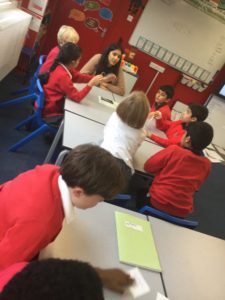
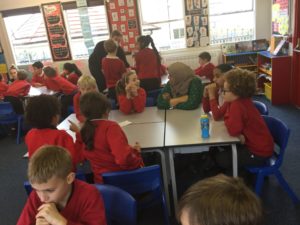
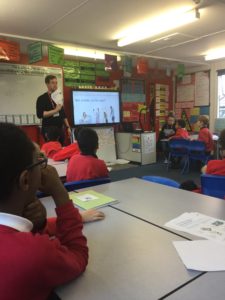
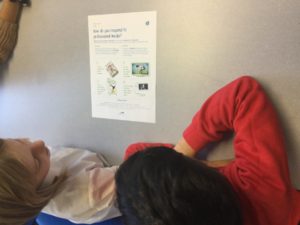
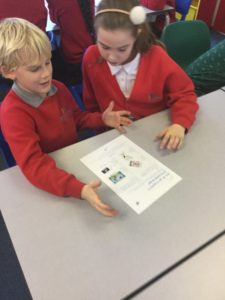
Diversity
Today, the focus for our themed week was diversity, looking at how people are different. We had two visitors to support this, focusing on visual and hearing impairment.
Firstly, we welcomed Natasha and Liz from RNIB. As our visitors are both registered blind, the children were able to find out first hand all about their life and then put themselves in their shoes.






After that, we worked with Linda Gledhill (Leeds deaf and hearing impairment team). We learnt some important messages about how to help someone if they are deaf.
- Don’t shout at them
- Stand close by
- Speak one at a time
- Don’t cover your mouth so they can see your lips
- Use sign language

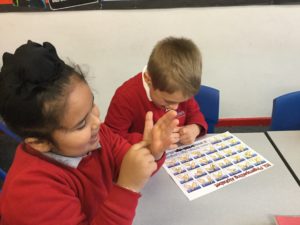
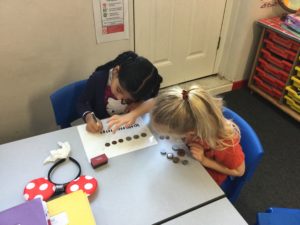





We are special
Thank you for all the special objects and photos that have been sent in to show your children’s identity. As we have had so many, we’d like to keep them a little longer than this themed week so we can give the children chance to tell the rest of the class all about them.
If you do need your items back sooner, please let us know.






When talking about what makes me, me? this video generated lots of discussion and you may want to watch again with your child.

Identity



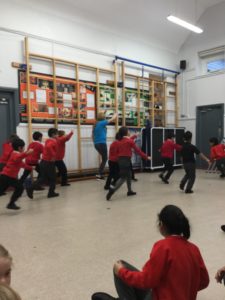




Yesterday we began our Who do you think you are? themed week by focusing on our identity, who we are, and how we are all special. We particularly enjoyed our mindfulness workshop to focus on how our emotions can relate to who we are.
Our super power of mindfulness can help us to make a better choice and control different situations.
There were lots of techniques that we can use in school and we have done already.
- Breathing hug
- Breathing tree
- Ok breathing
- Make your thumb come to life to show your emotion
- Calming bottle
- ‘I felt calm and I liked the relaxing music.’ Christina
- ‘I liked everything because I like mindfulness.’ Billy
- ‘I liked how we used the colours of glitter for the different emotions to make our calming bottle.’ Edris
- ‘I would use the bottle if I was sad or angry to make me ready to work.’ Vedant
- ‘If I shake the bottle, it will help me to be calm.’ Aadil
- ‘I liked the game where we did the secret tapping because it showed us that everyone is kind.’ Betty
- ‘I liked to show my emotions using the freeze frame.’ Tanvi
- ‘I liked to show my emotion by bringing my thumb to life as a way of telling others how I feel.’ Da’wud
It was great to see so many parents attending the workshop on Monday, too, so that some of the techniques can be used at home as well. Keep an eye out for a parent guide to support this with your child.
Today’s visitors
Today, visitors came to speak to us about sign language. Everyone learnt how to say ‘How are you?’, ‘I’m fine thank you’, ‘What’s your name?’, My name is____’, ‘How old are you?’ , ‘I am ______ years old’ and how to spell their names in sign language.
We were learning about this because our themed week is community and there are a few deaf people who live in Leeds.
Also, we were visited by members of the police who split the class in half, treating one half very nicely and the other half not so nicely: they gave one half Ribena and the other water; gave one half more talking time than the other; told one half they were cool; and gave tokens to them. This was to show that it would be unfair to treat people differently for no real reason. Hate crime is when people discriminate against others because of their race, gender, religion/belief, disability or sexual orientation.
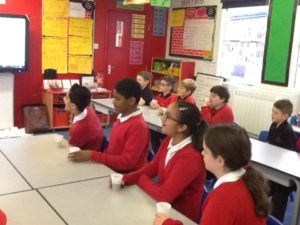
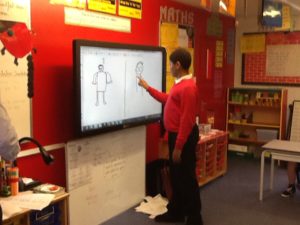

We learnt that we are all the same and all different and we should treat others how we want to be treated.
Written by Pippa and Neive.
What does community mean to us?
As part of our Who Do You Think You Are? themed week, we have discussed what community means to us in our Living and Learning session. First, we made a mind map as a class…
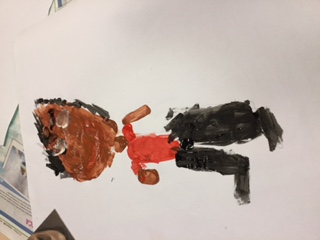
… and then split into smaller groups to make our own.
- “Community is sharing happy memories.”
- “Community is our heritage.”
- “Community is where you belong.”
We look forward to welcoming our visitors through the week and learning and discovering more about our Identity topic.
We are all different
Today, we were joined by some visitors from the National Institute for the Blind.
Following our own identities activities yesterday, we now thought about how people are not all the same.
People are different in many ways and today we thought about what it must be like to be blind or partially sighted.
I was so impressed with the questions the children asked.
“How does your white stick help you?”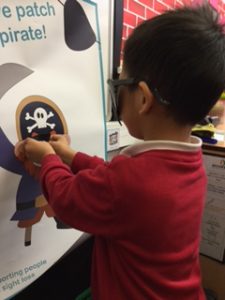
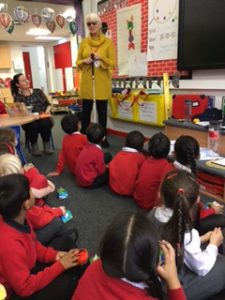
“Do you bump into things a lot and hurt yourself?”
“How do you manage when going on the bus?”
All the children showed empathy and were very thoughtful when listening to the our visitors.
We had the chance to look through various types of glasses and goggles.
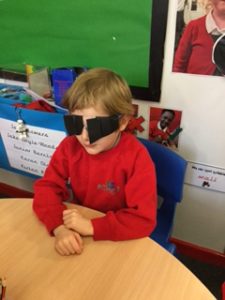
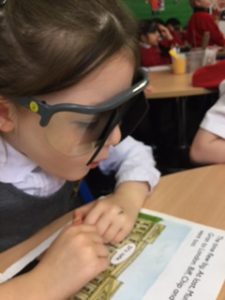
These either blurred or blocked our vision and gave us a good idea of what it must be like to be visually impaired.
